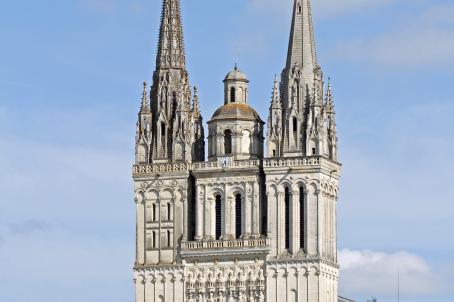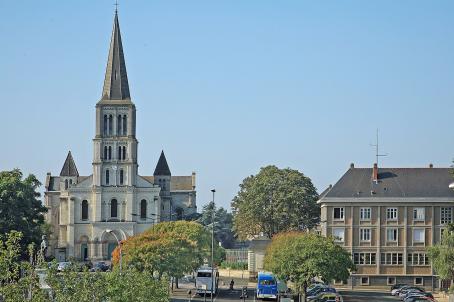Church of Saint-Martin
The Church of Saint-Martin is located in Thorigné-d'Anjou, Pays de la Loire region. A Romanesque church, which dates back to the eleventh century, underwent several renovation campaigns in the twelfth, sixteenth and eighteenth centuries. Its round and pointed steeple rests on a thirteenth century tower, supported by four buttresses. The choir is covered with a beautiful Gothic ‘Plantagenet’ vault. Inside, one can admire a large curved altarpiece of the eighteenth century.
About this building
The Church of Saint-Martin is located in Thorigné-d'Anjou, Pays de la Loire region. Originally built in 11th century in the Romanesque style, the church was donated by Bishop Renaud II de Martigné to Saint-Serge d'Angers Abbey. In the Middle Ages, the church adjoined a priory that was linked by the north gate. It underwent several renovations in the twelfth, sixteenth and eighteenth centuries.
Anchored to a rock, it is built of a type of very hard stone called ‘roussarde’ that is typical of the region. Its round and pointed steeple, is mounted on a thirteenth century tower, that is supported by four buttresses. The two-bay choir is covered with a beautiful vault with multiple rounded ribs, typical of the Gothic ‘Plantagenet’ style that was common in the thirteenth century.
The interior is decorated with a large curved altarpiece that has been dated 1769, and represents the Resurrection of Christ. It is the replica of a painting by Antoine Coypel at the request of the Grand Dauphin (future Louis XV) for the chapel of the Château de Meudon. In addition to a fifteenth century cross, there are four reliquaries from the XVI-XVII centuries and a stained glass window of Father Kim En Joong.






